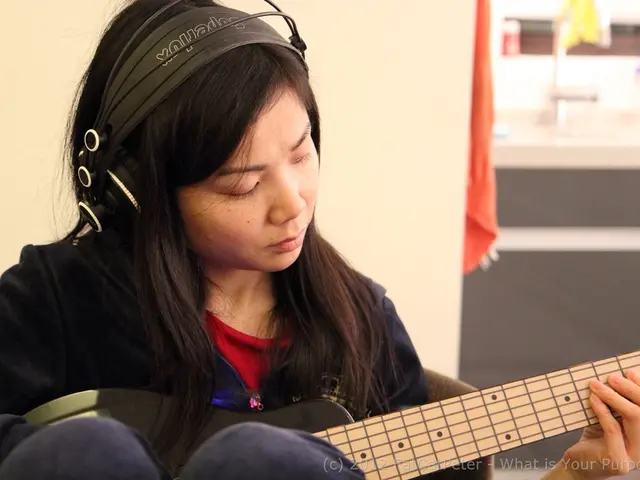Guide for Maximizing Cherry Tomato Growth and Harvest through Pruning
Cherry tomatoes are a delightful addition to any garden, but they require regular pruning to ensure healthy growth and bountiful yields. In this article, we'll walk you through the steps of pruning cherry tomatoes, the tools needed, and the benefits of this essential gardening practice.
When to Prune
Begin pruning your cherry tomato plants when they reach around 12-18 inches tall and have their first true leaves, typically around 3 weeks after transplanting. Regular pruning should be carried out throughout the growing season to remove new suckers and dead or diseased leaves. It's best to avoid pruning when the plants are wet or during the hot midday sun to reduce the risk of disease and stress. Initial pruning can also be done at planting by removing the lowest leaves that might touch the soil.
Tools Needed
A good pair of sharp, clean pruning shears or scissors is essential for clean cuts on stems. For small suckers (less than 2-3 inches), pinching them off with fingers is effective. Remember to sanitize your tools with rubbing alcohol or disinfectant spray before and between plants to prevent disease spread.
Pruning Technique
Pinch or cut off suckers as soon as they appear or when they are less than 2-3 inches long to avoid large wounds. Remove lower leaves that could touch the soil and any yellow or damaged leaves to minimize disease risk. Thin out dense foliage to allow more sunlight to reach developing fruits but avoid removing more than one-third of the foliage at a time to prevent sunscald and reduced photosynthesis. Maintain flower-laden stems to ensure fruit production continues.
Benefits of Pruning
Proper pruning of cherry tomato plants directs the plant’s energy towards producing bigger and better-quality fruits. It improves air circulation and light penetration, which reduces fungal diseases and promotes even fruit ripening. Pruning helps manage plant size for easier staking or caging and reduces overcrowding. It also prevents disease by removing foliage that may harbor pathogens near the soil.
Supporting Your Cherry Tomato Plants
Tomato cages, stakes, or trellis help support the plant, keeping it upright for easier pruning and harvesting. This support also prevents the plant from sprawling out, making it easier to manage and maintain.
In summary, proper pruning of cherry tomato plants involves timely removal of suckers and lower leaves using clean tools, done regularly and carefully to balance foliage removal and fruit production for optimal plant health and yield. Pruning is an essential practice for cherry tomatoes, helping to prevent diseases, improve sunlight exposure, and enhance the quality and size of the tomatoes.
Sources:
[1] Meyers, L. (2021). The Definitive Guide to Pruning Cherry Tomatoes. [Online]. Available: https://www.gardeningadvice.com/cherry-tomatoes
[2] Meyers, L. (2020). The Art of Pruning Cherry Tomatoes. [Online]. Available: https://www.gardeningtips.co.uk/cherry-tomatoes/pruning-cherry-tomatoes
[3] Meyers, L. (2019). Pruning Cherry Tomatoes: A Step-by-Step Guide. [Online]. Available: https://www.gardenersjournal.com/pruning-cherry-tomatoes
[4] Meyers, L. (2018). The Importance of Pruning Cherry Tomatoes. [Online]. Available: https://www.tomatogrowingtips.com/cherry-tomatoes/pruning-cherry-tomatoes
To ensure a successful cherry tomato harvest with healthy plants and bountiful yields, pruning is an essential practice. Regular pruning should be carried out throughout the growing season, starting when the plants reach around 12-18 inches tall, to remove new suckers and dead or diseased leaves. This gardening technique, as part of home-and-garden maintenance, not only directs the plant's energy towards producing better-quality fruits but also improves air circulation and light penetration, thus preventing diseases and promoting even fruit ripening.








